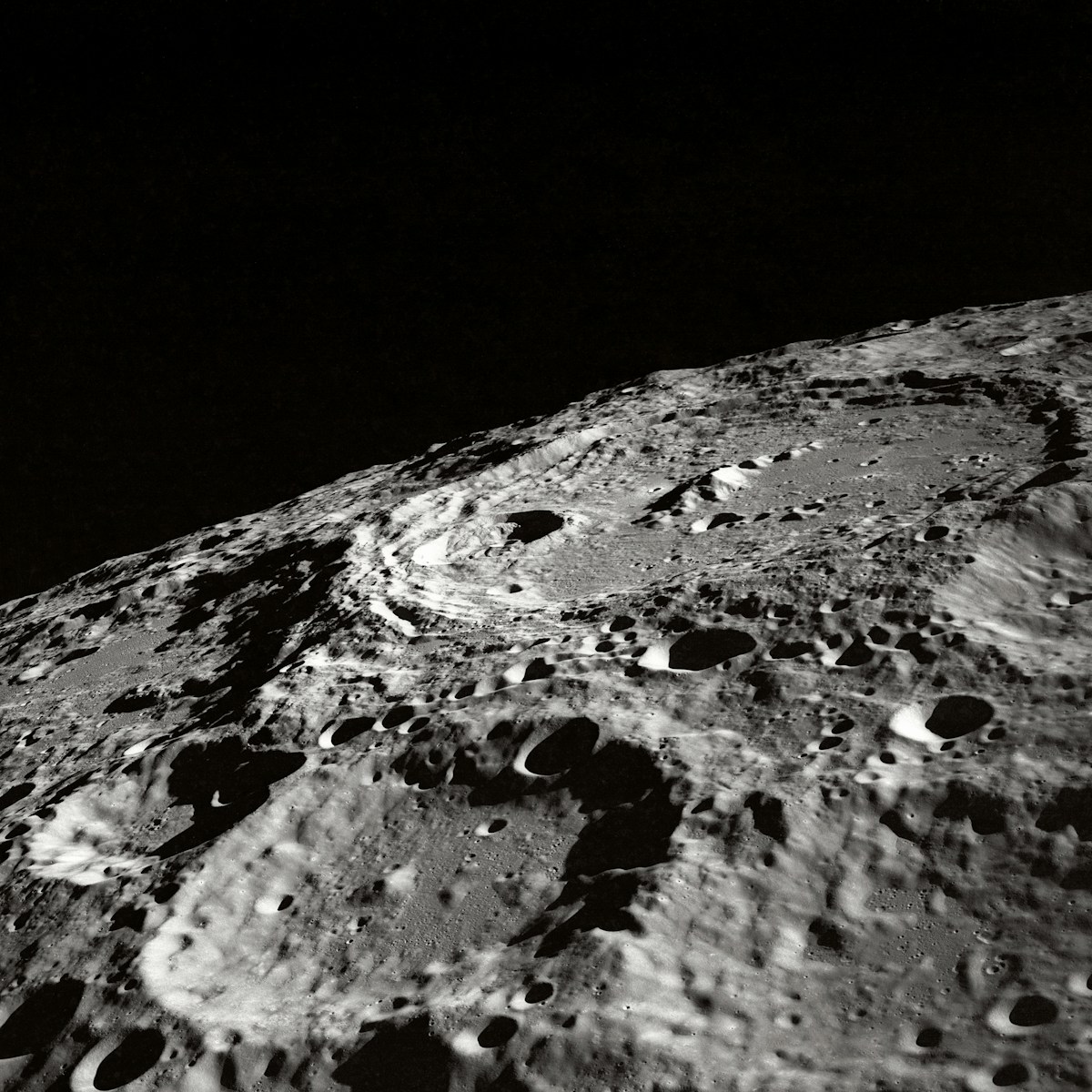

Introduction
Space exploration has always been an exciting frontier for mankind, but it comes with its own set of challenges. One of the biggest hurdles in space missions is the limited fuel capacity of spacecraft. However, a revolutionary solution is now under development – an in-orbit refuelling service. This groundbreaking project, a collaboration between Swiss startup ClearSpace and US leader Orbit Fab, aims to make space exploration more sustainable and extend the lifespan of satellites.
The Need for In-Orbit Refuelling
Satellites play a crucial role in various industries, from telecommunications to weather forecasting. However, their operational lifespan is often limited by their fuel capacity. Once a satellite runs out of fuel, it becomes a piece of space junk, cluttering Earth’s orbit. In recent years, the demand for extended ranges of movement in space has grown, leading to a need for in-orbit refuelling services.
The US Space Force recognizes the importance of space mobility and logistics and has made it a core competency. In-orbit refuelling not only improves space mobility but also provides satellite operators with a competitive advantage. By refuelling satellites, operational lifespans can be extended, leading to cost savings and reduced space debris.
Collaboration between ClearSpace and Orbit Fab
ClearSpace, known for its expertise in space debris removal, has joined forces with Orbit Fab, a US-based leader in fuel distribution services. Their collaboration aims to combine a ClearSpace shuttle with an Orbit Fab fuel depot, resulting in a spacecraft capable of delivering fresh fuel to satellites. This innovative approach not only extends the operational lifespan of active satellites but also provides the opportunity to refuel unused satellites that would otherwise become space junk.
Both companies stand to benefit from this collaboration. ClearSpace expands its service portfolio, while Orbit Fab enhances the reach of its fuel distribution services. However, the mission’s impact goes beyond the individual companies involved. It benefits the entire space economy and sets the stage for a more sustainable future in space exploration.
The Technology Behind In-Orbit Refuelling

Orbit Fab is at the forefront of the emerging sector of in-orbit refuelling. Their service combines refuelling points with robotic docking devices called GRIPs. With the integration of the ClearSpace shuttle, Orbit Fab adds another compelling option to the growing market. This technology allows for efficient and precise refuelling operations in space, ensuring the safe and reliable delivery of fuel to satellites.
The development of in-orbit refuelling services opens up new possibilities for space missions. Satellites can be refuelled and repositioned, enabling them to continue their operations and adapt to changing needs. This flexibility is crucial in the rapidly evolving field of space exploration.
Benefits of In-Orbit Refuelling
The introduction of in-orbit refuelling services brings numerous benefits to the space industry. Here are some key advantages:
1. Extended Operational Lifespans
In-orbit refuelling allows satellite operators to extend the operational lifespan of their assets. By refuelling satellites, they can continue to function and provide valuable services for a longer period. This translates to cost savings and increased return on investment for both government and commercial operators.
2. Reduction of Space Debris
Space debris is a growing concern as the number of satellites in orbit continues to increase. In-orbit refuelling offers a solution by allowing unused satellites to be refuelled and repurposed instead of becoming space junk. This contributes to a cleaner and safer space environment for future missions.
3. Enhanced Space Mobility
In-orbit refuelling improves space mobility and logistics capabilities. Satellites can be refuelled and repositioned, enabling them to adapt to changing requirements and optimize their operations. This flexibility is particularly valuable in industries such as telecommunications and Earth observation, where satellite positioning is critical.
4. Competitive Advantage
The ability to refuel satellites in orbit provides a competitive advantage to satellite operators. It allows them to offer extended services and adapt to evolving market needs more effectively. In a highly competitive industry, this advantage can make a significant difference in securing contracts and maintaining a strong market position.
The Future of In-Orbit Refuelling

The development of in-orbit refuelling services marks a significant milestone in space exploration. As technology continues to advance, we can expect further innovations and improvements in this field. Here are some potential future developments:
1. Automated Refuelling Operations
Currently, in-orbit refuelling requires precise docking and fuel transfer operations. However, advancements in robotics and automation may enable fully automated refuelling processes. This would reduce the need for human intervention and increase efficiency and safety.
2. Expansion of Service Providers
As the demand for in-orbit refuelling services grows, we can expect to see more companies entering the market. This increased competition will lead to further advancements in technology and drive down costs, making in-orbit refuelling more accessible to a wider range of satellite operators.
3. Integration with Other Space Technologies
In-orbit refuelling is just one piece of the puzzle in making space exploration more sustainable and efficient. We can anticipate the integration of in-orbit refuelling services with other technologies, such as space debris removal and satellite maintenance. This holistic approach will further enhance the capabilities and sustainability of space missions.
